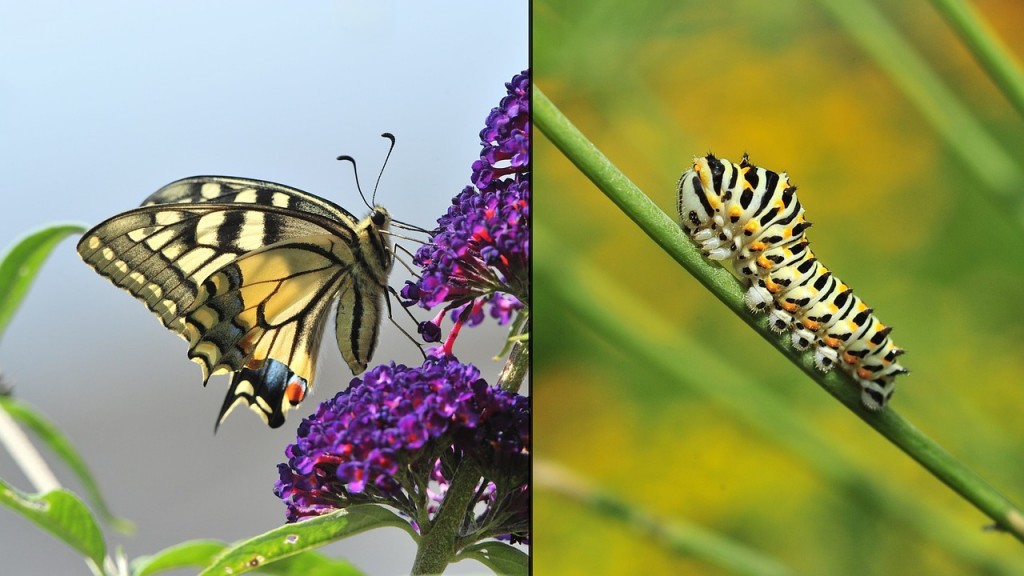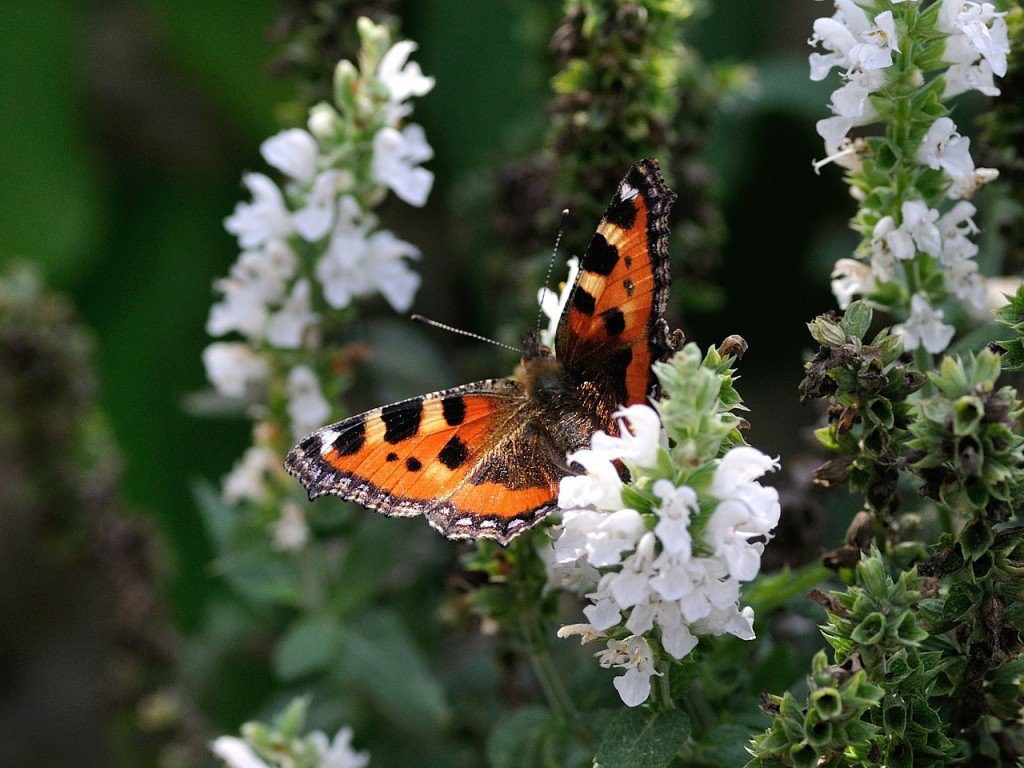
The life cycle of a butterfly can be seen as very simple compared with other forms of wildlife.
For a butterfly, life starts with the caterpillar, continuing with the pupa stage and ending with the last stage – the actual butterfly.
Depending on the species, breeding can be particularly hard, so it is important to know what is involved in looking after butterflies before you begin.
The right environment for breeding
Both male and female butterflies require the correct temperature, enough space to move about freely, and enough food for them to survive comfortably.
A butterfly’s body temperature can be anything from 27ºC to 47ºC, depending on the species.
Once that you create the appropriate environment, mating butterflies can then be paired.
Butterflies mate by attaching at the abdomen without facing each other, with the process lasting 30 minutes to eight hours. During this time it is important that they are not disturbed.
Placing the eggs in a safe place
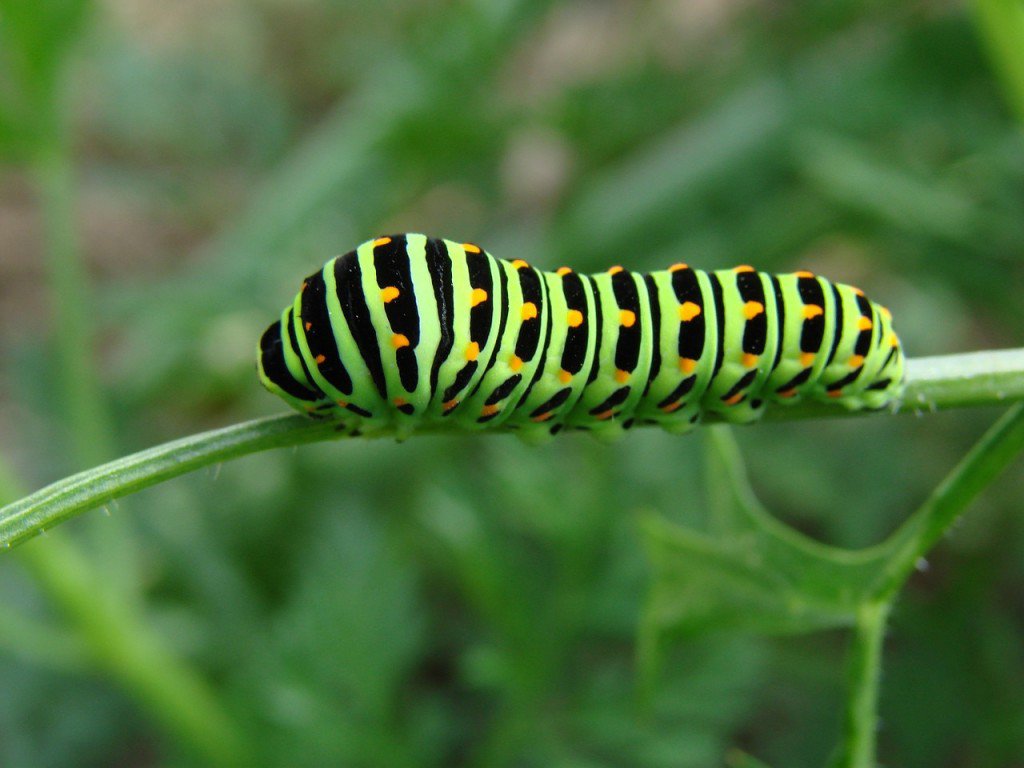
After mating, the female will then find suitable spots to lay her eggs.
The usual place that she will do this is on a leaf, as after the eggs hatch, the caterpillar will find its food source immediately.
If you don’t provide leaves for her however, she will leave them anywhere within the lore.
Once laid, it is important that the eggs are left for three to eight hours in order to dry out.
Afterwards, you can use a brush and move the eggs into a ventilated box with tissue paper on the bottom. It is important that the paper is slightly moist and kept so throughout.
The box should have a high humidity and an appropriate temperature inside.
Be aware this environment is vulnerable for mould and other spores, so create some form of ventilation to dry the inside of the box.
Taking care of new-born caterpillars
After hatching, the caterpillars are small and fragile, so moving or even touching them can be fatal.
Try to use the leaf underneath and take them out of the hatching box and place them where you want raise them.
It is important to keep different caterpillars of different ages in different places, because older caterpillars need less humidity than younger ones.
Housing caterpillars

Provide a simple, escape proof, ventilated, and safe enclosure, and as before, place tissue paper on the floor of the box to absorb any droppings. It is said that a butterfly needs three times its body size in space during its time in a lore, but feel free to use more.
For example, you have five caterpillars of 6cm in length should have around 12.5 x 12.5 cm floor space, so that they have enough space without having trouble to touch each other.
Feeding your caterpillars
Fresh plants are crucial for the growth and health of all caterpillars due to the fact that they eat so much, so it is recommended that you offer different species of plant to ensure a diverse menu.
Remember to replace them from time to time, because caterpillars need fresh leaves.
They can also be placed within a container of shallow water to increase the longevity of the leaves.
Keep the environment suitable for your caterpillars
Moisture is a necessary part of the requirements to keep their skin moist.
Again, depending on the species, different caterpillars need different levels of moisture.
The best way to supply water to your caterpillars is by washing the leaves with clean water. The droplets that stay on the leaves will give the caterpillars their necessary moisture.
The rate in which the caterpillars grow is linked with the environmental temperature, and providing one lower than necessary will reduce their growth rate and have a negative influence to their health.
Cleaning their environment
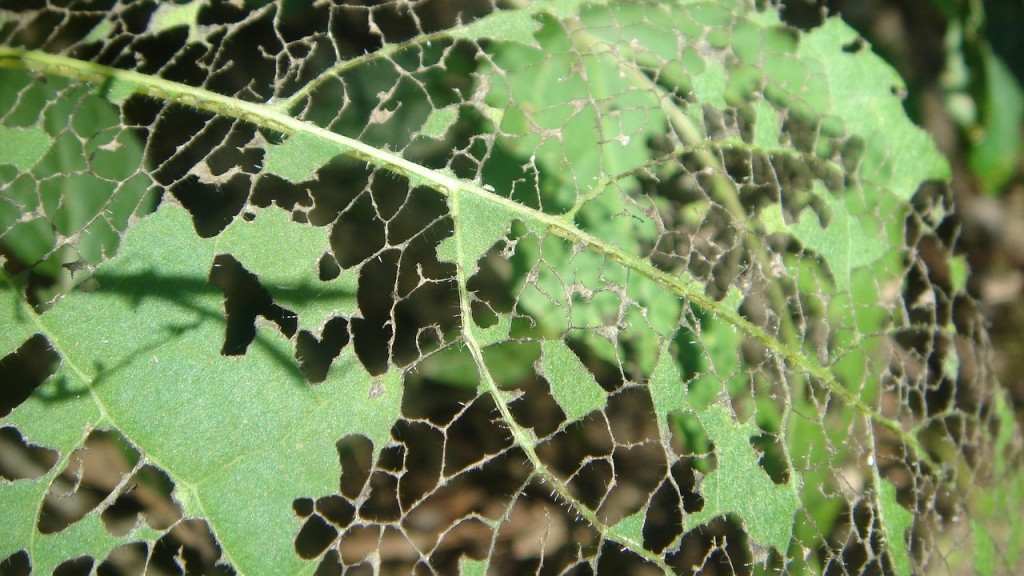
Clean the box every day, because caterpillars produce a lot of droppings and this, combined with moisture, could produce spores and mould.
That’s why it’s important to use paper tissues that can be replaced with fresh ones. Replace old leaves with new ones and throw the stalks of the leaves away.
Getting the pupae out
Once that the caterpillar is in its final stage of development, it will find a suitable place for pupating. Before making its cocoon, the caterpillar will search for the right place and will look for the perfect spot.
If you recognise this behaviour, make sure you have enough space available for all caterpillars to pupate. If you need extra room, carefully remove the cocoon and place it to another enclosure without any caterpillars.
This new one has to be rather dry, but not completely without humidity.
Taking care of butterfly pupae
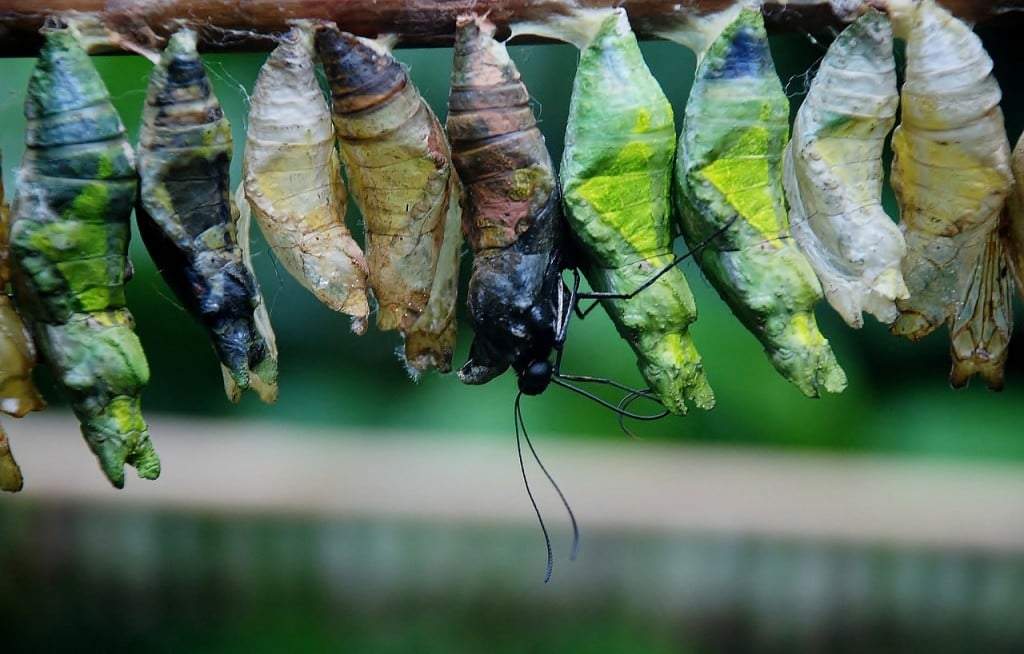
This pupae is the final stage of breeding. This pupae is called a chrysalis.
The caterpillar will produce a silky wall to wrap itself in and to protect itself. Hence why it is called the cocoon, but not all butterflies make cocoons, but all species have the so-called chrysalis stage.
The best technique is to hang the cocoon on a string or something similar. You haven’t got anything, just place the cocoon on the floor, although this may create problems when it wants to get out.
Environment and care for cocoon (chrysalis)
Usually caterpillars stay in their chrysalis stage for around eight days. Provide and measure a stable suitable humidity and temperature. Again, different species need different environments.
Taking care of butterflies
Finally you made it!
Now you can decide to release the butterflies into a natural environment if or once the weather is warm enough!
